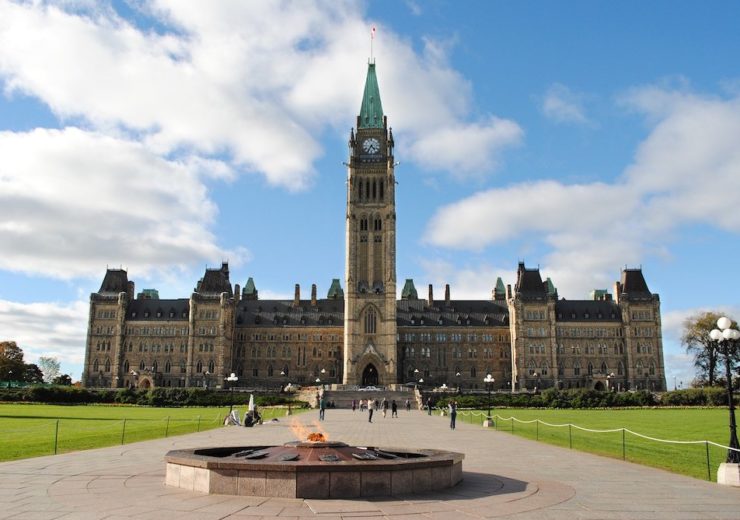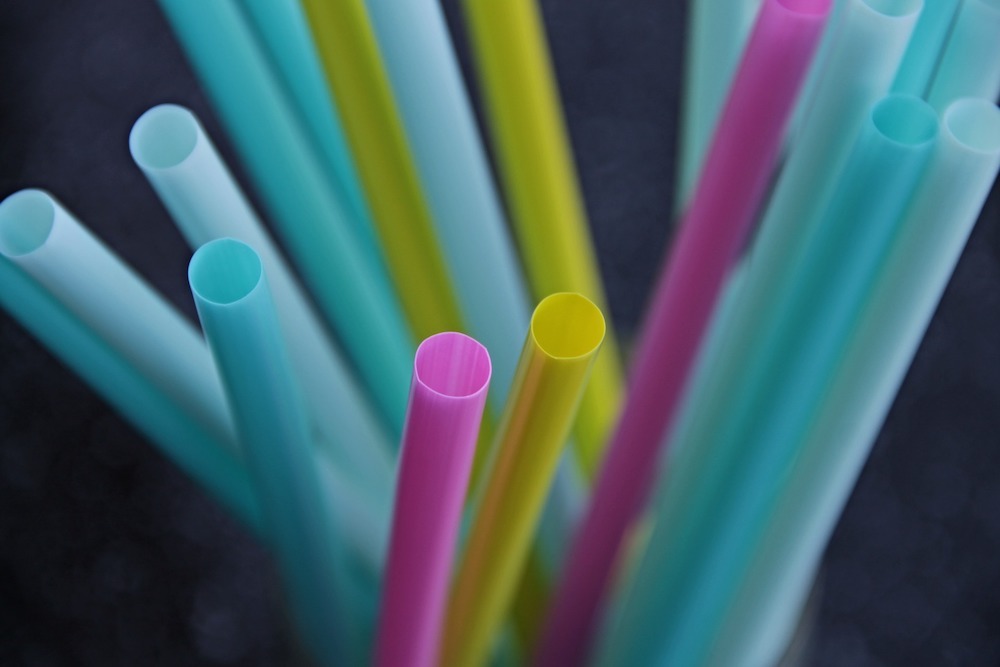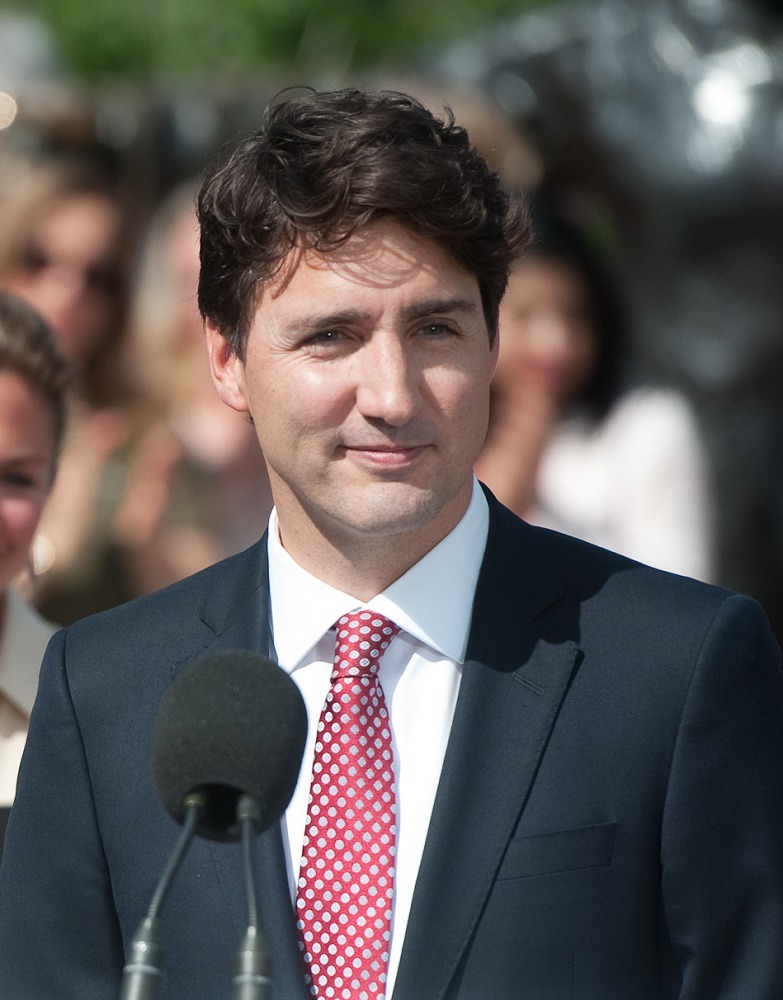The intention to ban 'harmful' single-use plastic items was first announced by Canada's prime minister Justin Trudeau during his first term in office

Canada's government has reaffirmed its pledge to ban single-use plastics (Credit: Pixabay)
Canada’s government has reaffirmed its commitment to ban “harmful” single-use plastic products by 2021.
It follows a scientific assessment investigating the impact of plastic pollution on the country’s environment.
The research found an estimated 86% of plastics were sent to landfill in 2016, with 9% of the waste recycled.
Going forward, a draft assessment will help to inform the Canadian government’s actions and policies on the issue.
Canada’s environment minister, Jonathan Wilkinson, said: “Science confirms that plastic pollution is everywhere and is negatively impacting our environment.
“This assessment will inform our decisions as our government follows through on our commitment to ban harmful single-use plastics as soon as 2021 because Canadians expect us to.”
Large single-use plastic items ‘harm’ wildlife, says report
The scientific assessment found that, if plastic manufacturing continues at its current pace, 12 million kilotonnes of plastic will be discarded globally into landfills or the environment by 2050.
Canada’s research also revealed the impact plastic waste is having on wildlife in the country.
It confirms that larger plastic items, such as bags and straws, can physically harm animals.
The report estimated around 15 billion plastic bags are being used in the country annually, with close to 57 million straws used daily.
It also highlights the negative effects of microplastic pollution on wildlife and the uncertainties around its impact on human health.
The Canadian government has said it will carry out further research around the effect of the material.

What is Canada’s strategy to tackle single-use plastic waste?
In June 2019, Canada’s prime minister Justin Trudeau announced the federal government would be working alongside provinces and territories to introduce standards for manufacturers of plastic products.
Speaking at the time, he said: “Canadians know first-hand the impacts of plastic pollution, and are tired of seeing their beaches, parks, streets, and shorelines littered with plastic waste.
“We have a responsibility to work with our partners to reduce plastic pollution, protect the environment, and create jobs and grow our economy.
“We owe it to our kids to keep the environment clean and safe for generations to come.”

In the same month, the Canadian Council of Ministers of the Environment (CCME) outlined six priority areas that each provincial government will take action on.
These priority areas include defining priority plastic items, establishing targets supporting waste reduction, along with creating guidelines and tools to incorporate national recycled content targets and requirements.
The Canadian government says improving the way the country manages its plastic waste and by investing in innovative solutions, it can reduce 1.8 million tonnes of carbon pollution.
It also predicts it could generate billions of dollars in revenue, and create approximately 42,000 jobs.
